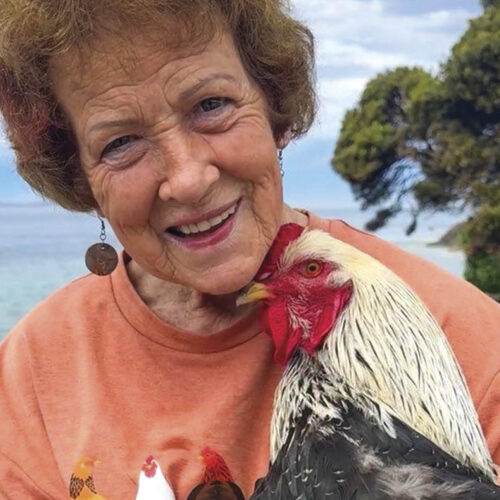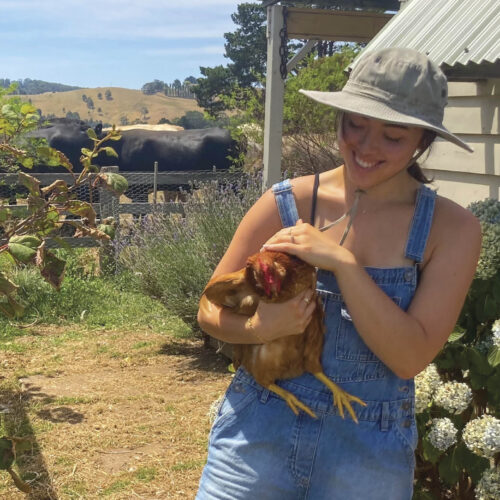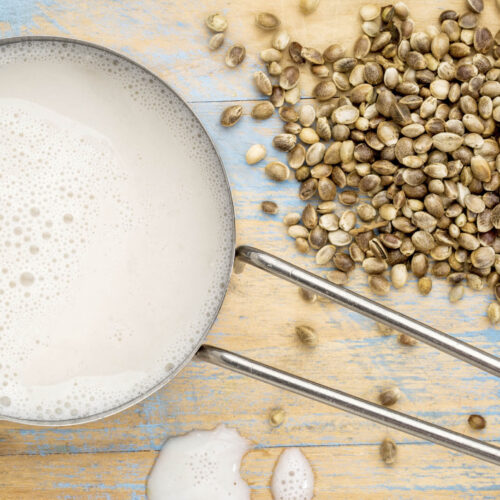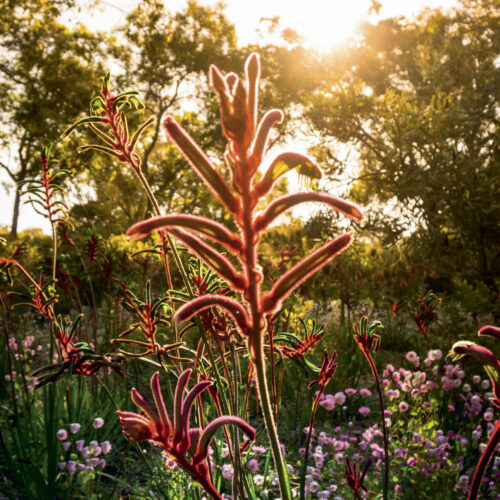Become a Backyard Conservationist
2011-05-18T01:43:23+10:00
With the world facing a sixth mass extinction crisis, Justin Russell highlights the need for gardeners to play a role in conserving domestic plant species.
The world is currently facing the most widespread die off of plants and animals since the dinosaurs. Up to one fifth of mammals and plants will disappear as part of this mass extinction, and the worst part about the crisis is that some species are likely to go extinct before they are even discovered. What a tragedy. But it’s not just wild species that are being lost. We need reminding that an extinction crisis is, in essence, a biodiversity crisis, so occurring simultaneously alongside the loss of wild plants, animals and fungi is the extinction of domesticated varieties. Once a domestic breed of chicken is lost, for example, it is lost forever. The same goes for old fruit and vegie varieties – lost, never to be seen again. The extinction of wild species makes me very sad indeed. But the extinction of domestic plants and animals makes me angry. It’s such a waste. Here are breeds and varieties carefully cultivated by our ancestors, that get hurled on the scrap heap of history because we’re lazy and simply don’t seem to care. I hear people all the time say things like “if only I’d known about such and such an issue, I could have done something about it”. Spare me! Ignorance isn’t an excuse. I believe that as the most intelligent species on the planet, humans have a responsibility to be care takers of other species, both wild and domestic. Our aim should be to avoid extinctions at all cost. And what better place to start than in the backyard. As gardeners, we have direct custodianship of the places we inhabit and therefore, have an important role to play as conservators of domestic plant varieties. The good news is that making a difference is as simple as making a choice: when selecting plants ask yourself, “will I plant heirloom fruit and vegetable varieties or will I plant modern hybrids?”. While there are no hard and fast rules about what constitutes an heirloom plant, I like to work on the principles of rarity, age, and open pollination. In terms of fruit, big commercial growers generally prefer the latest and greatest, so the rarer and older a plant variety is, the more likely it is to need preservation. With vegies, rarity and age also count, but another reliable indicator of an heirloom plant is whether it is open pollinated. Varieties that carry this distinction grow true to type, allowing gardeners to save seed from mature plants and resow it in their own garden, or distribute it to family and friends. In turn, the simple actions of growing, saving and sharing heirloom plants gives them a decent chance of surviving well into the future. We may not be able to prevent the loss of some wild species, but in our gardens, we can make a genuine difference.





